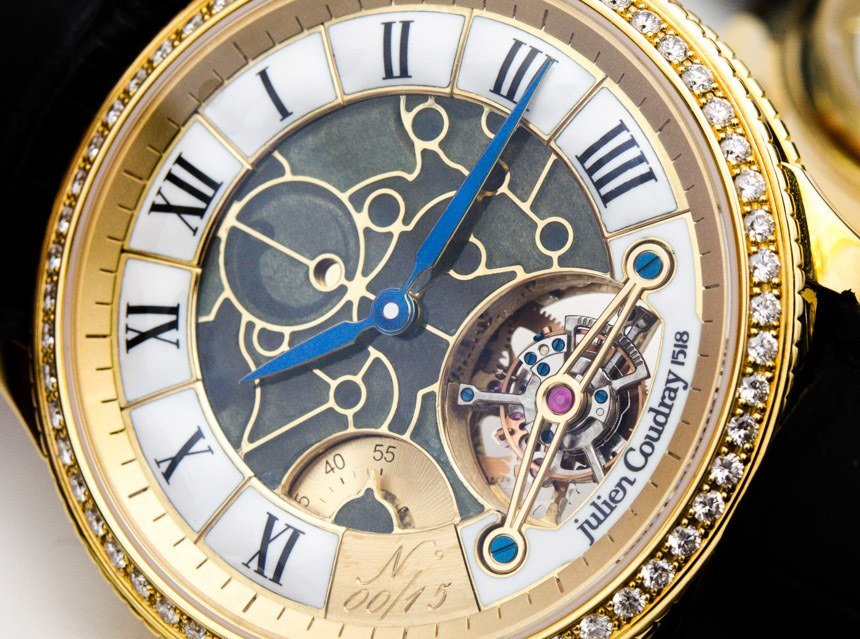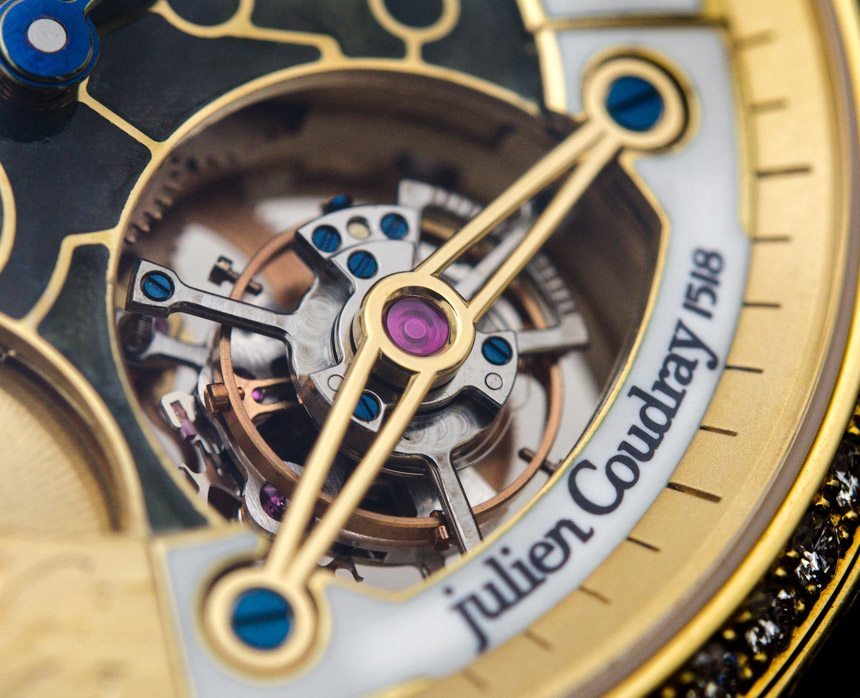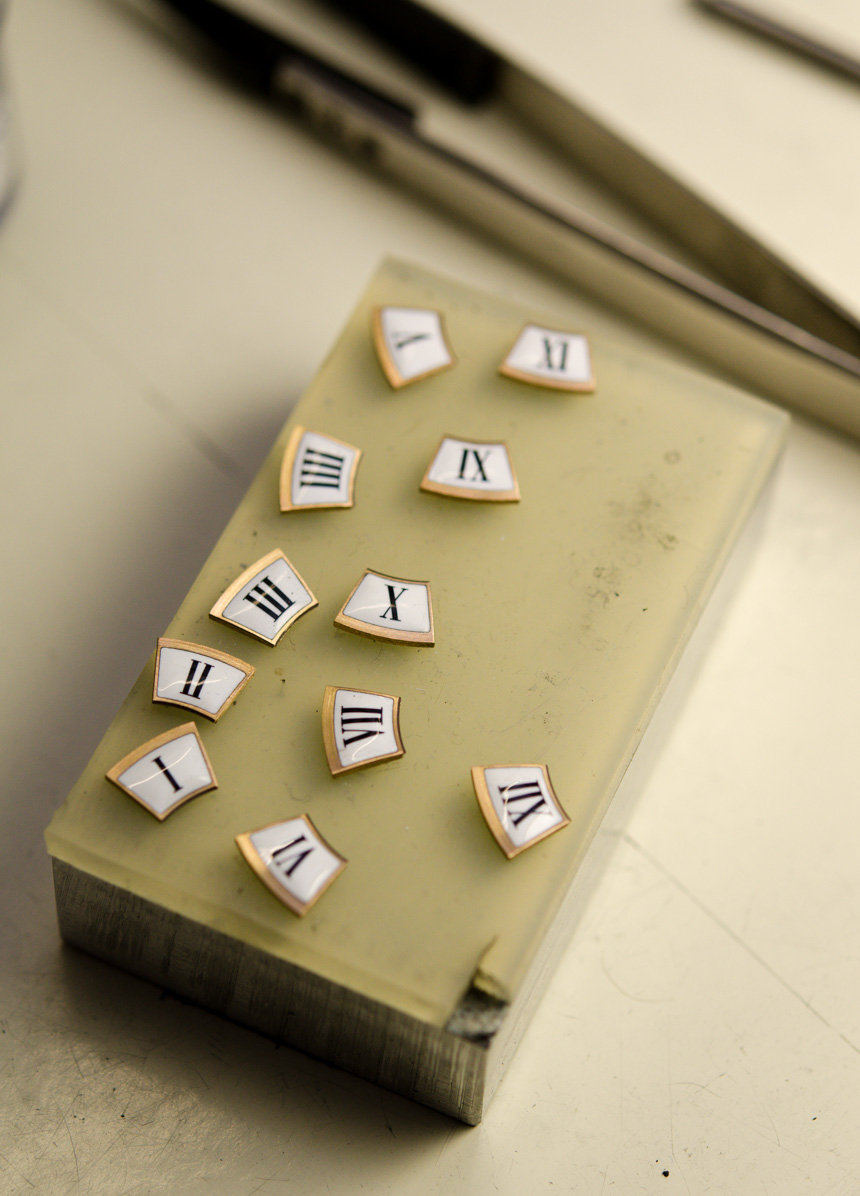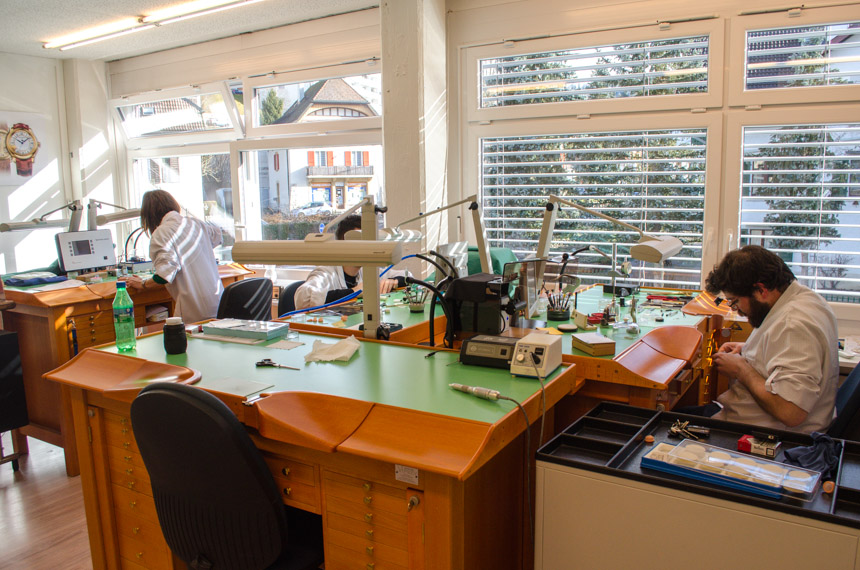
Let’s take a step away from machines and get back to the importance of the essential human touch; pictured above is the room in which the pre-assembly of movement parts (such as the balance wheel), as well as the assembly of some of the movements takes place. The only thing supplied by external sources is the hairspring, which are precisely cut and paired with the balance wheel.
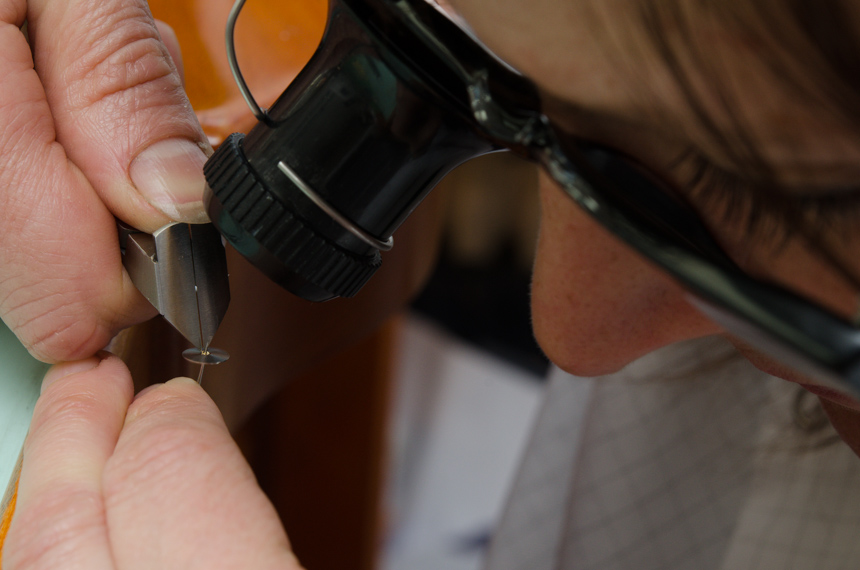
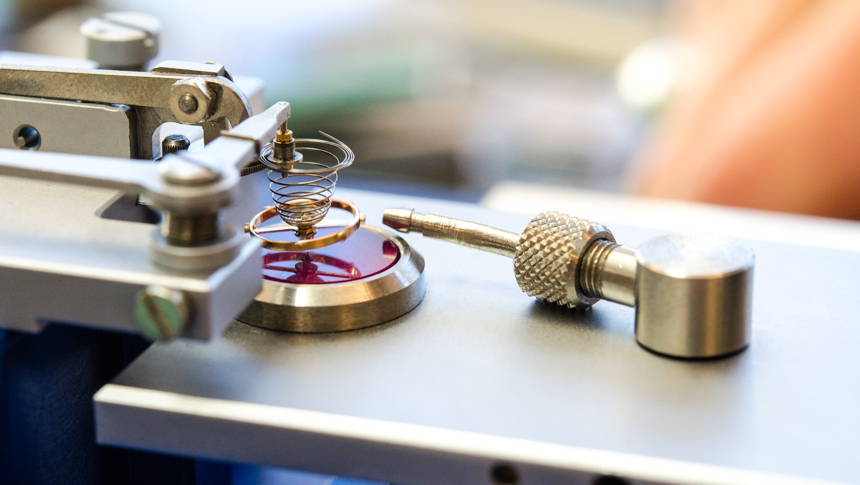
It is here that most of the painstaking process of assembling and “poising” the balance happens. Each wheel is assembled by the same person, her also being responsible for determining the exact length of the spring and poising the balance wheel. This is an extremely time consuming process as the slightest error can result in minutes worth of a drop in rate accuracy, something that is neither acceptable, nor easy to fix later on.
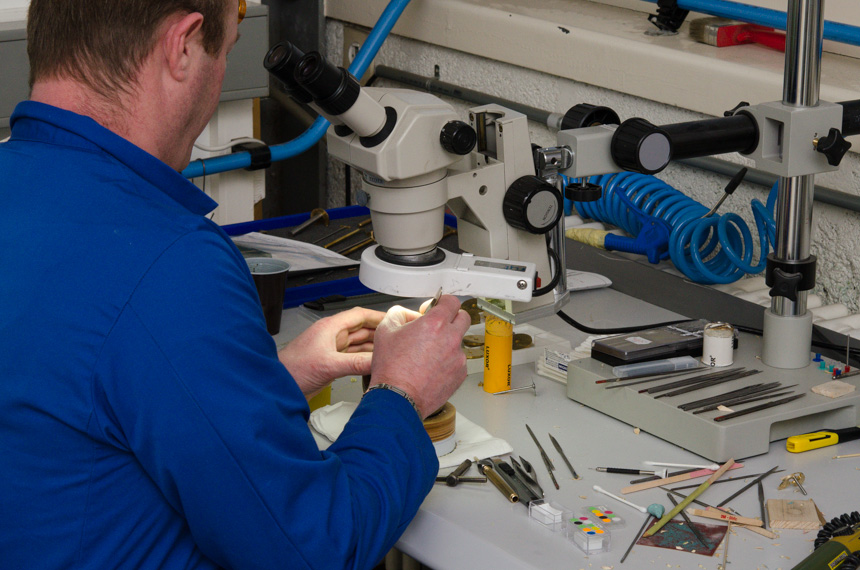
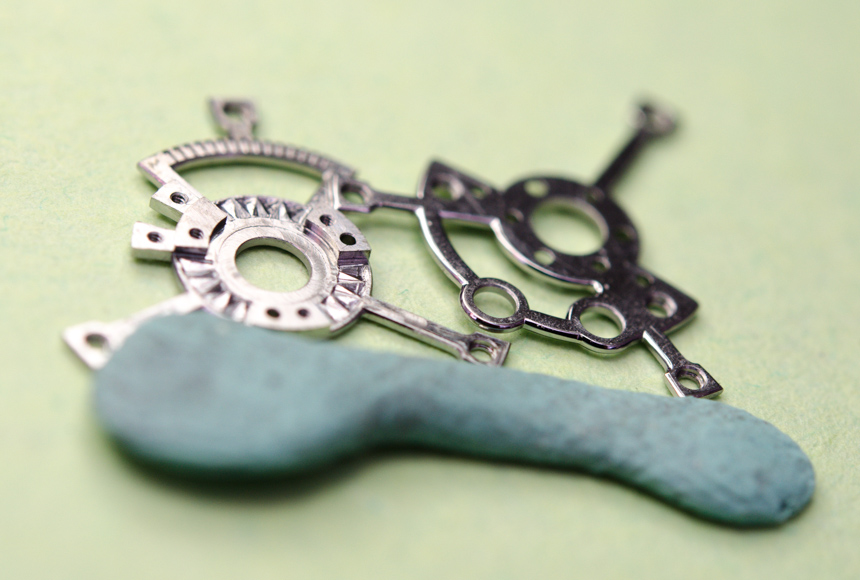
Hand-finishing of components is another indispensable task, and one that also cannot be replicated by machines, regardless of how sophisticated they are. Again, everything is performed in-house, with different craftsmen being responsible for crafting the rough pieces, then performing the technically important modifications (CNC-drilling the necessary holes, cut-outs, and other parts), and doing all the finishing work, including anglage (polished beveling) and perlage (circular graining), and hand engraved motifs.
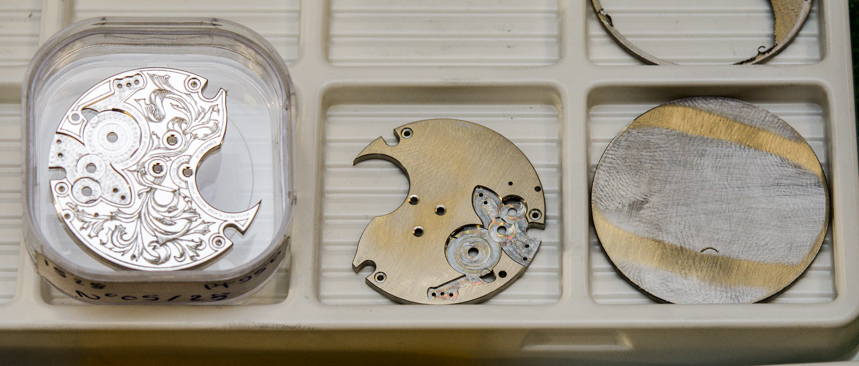
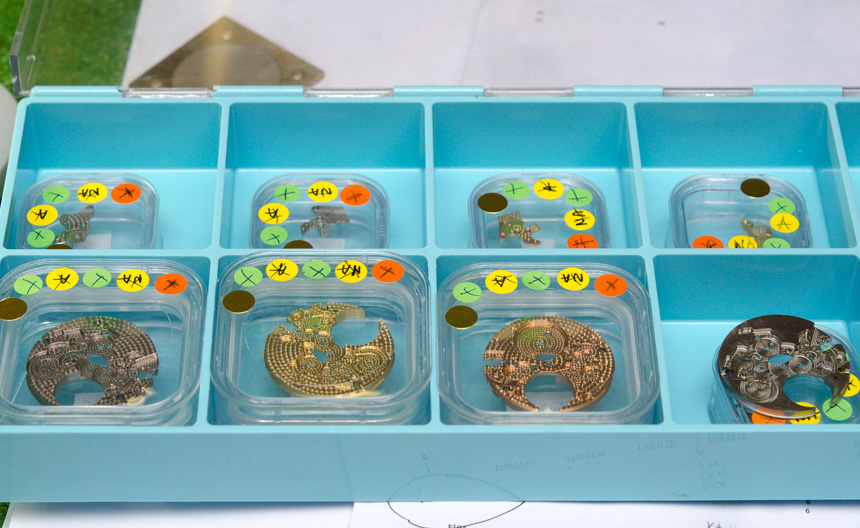
The three main stages of this team effort have been captured in the image further above. To the right is the rough plate of white gold, ready to be used in production, in the middle is a work-in-progress piece with some essential cut-outs and holes already in place, and to the left is the final piece, with the engraved and beautifully finished white gold plate ready to be used in assembly.
Even these three snapshots indicate the sheer number of different tasks that have to be performed and hence the number of people and working stations that are involved in the production of such a component. In the image just above, you will see a number of different parts, all placed in their temporary plastic cases, with a number of different colored stickers on them. Now, it is because of the aforementioned complex logistics that as every component progresses through the different facilities, they receive a sticker unique to that facility so that the state of the completion of each component can be determined after a quick glance at their containers.
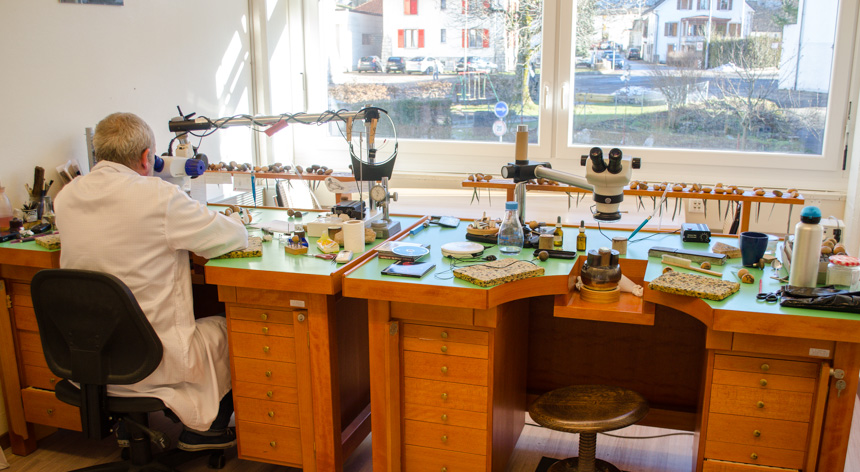
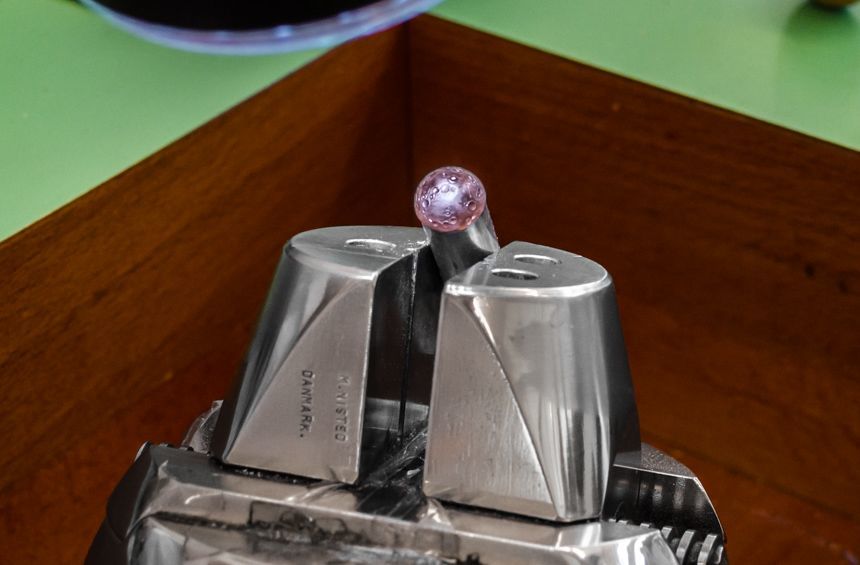
Moving on to more customized parts, we enter the engraving workshop. As was the case in some other departments of the manufacture, there are two engravers working simultaneously: a master craftsman and a young trainee, learning the secrets of the trade in the process of assisting her guide. With the extremely limited output of the brand, the emphasis falls more on customization and creating unique designs than on repeatedly producing the exact same design. A great example of that is the piece the engraver was working on at the time of our visit, a prototype of an entirely hand-crafted half-Moon, likely to be found in a unique piece later on.
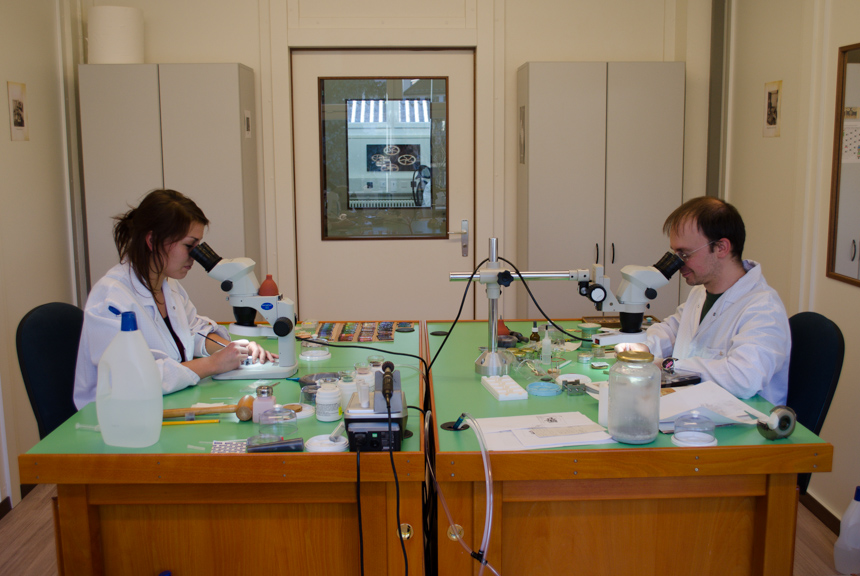
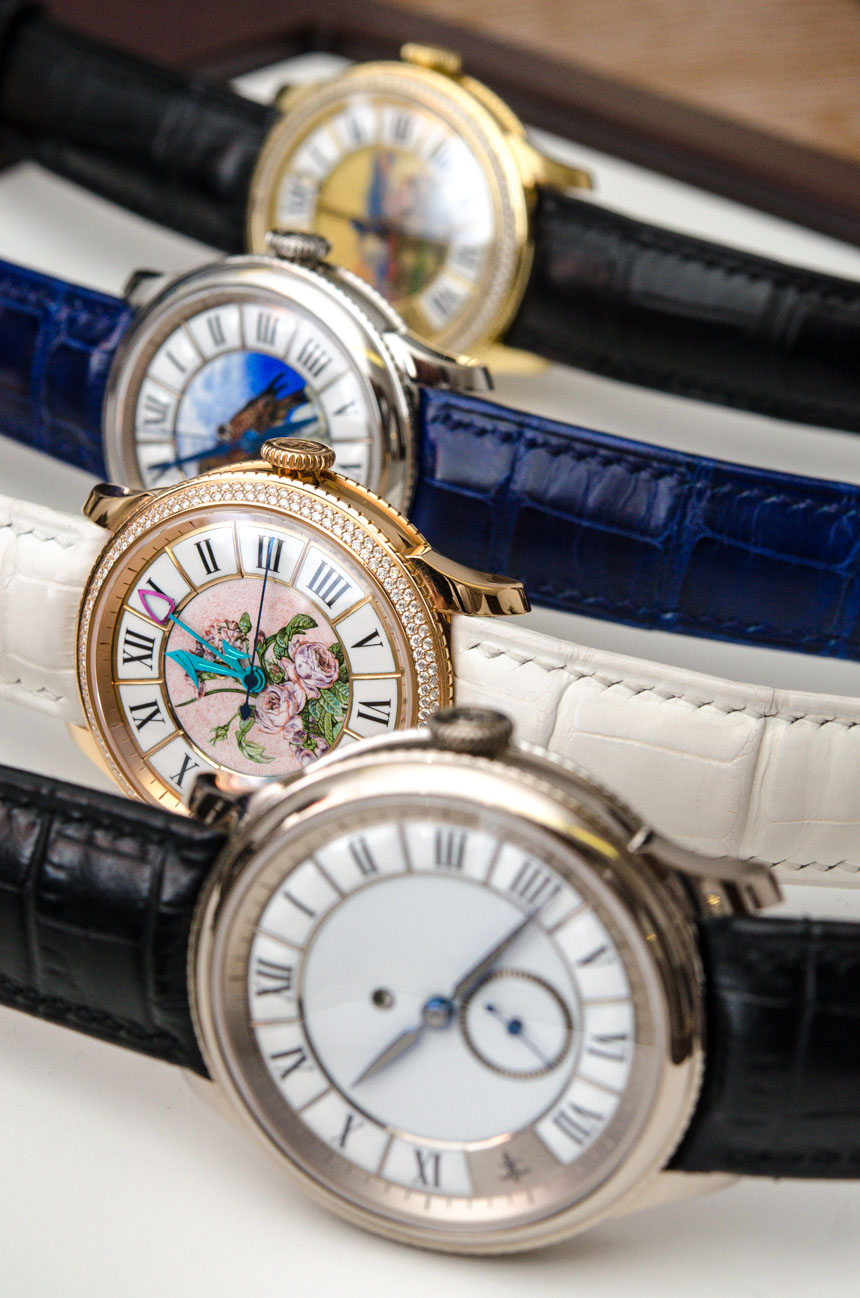
Speaking of customization, one of the trademark design elements of Julien Coudray is hand-painted enamel dials. We mentioned early on that no parts, neither the dials nor the hands are painted on their watches. Rather, dials are enameled and hands are colored by heating them to different temperatures. As far as dials are concerned, again, there are two dial painters at work, creating the standard white dials, indices with Roman numerals, as well as the unique designs for special requests.
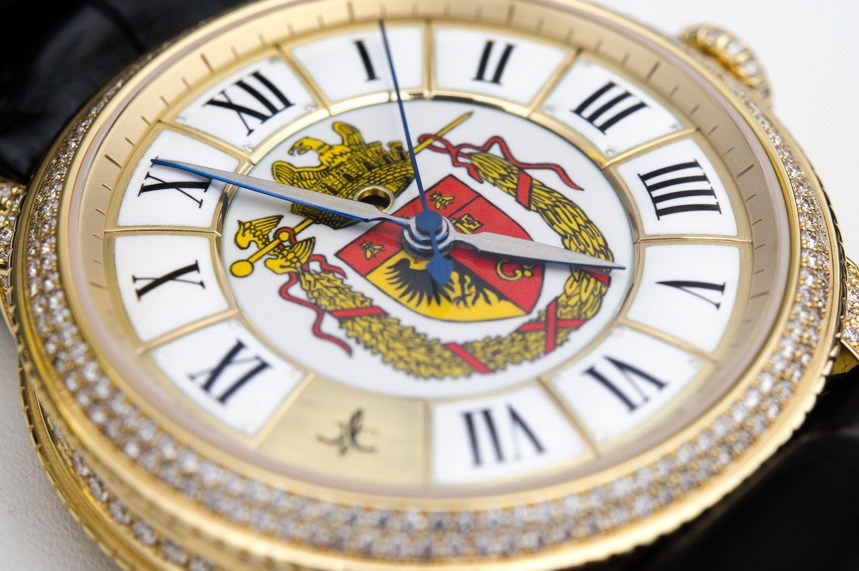
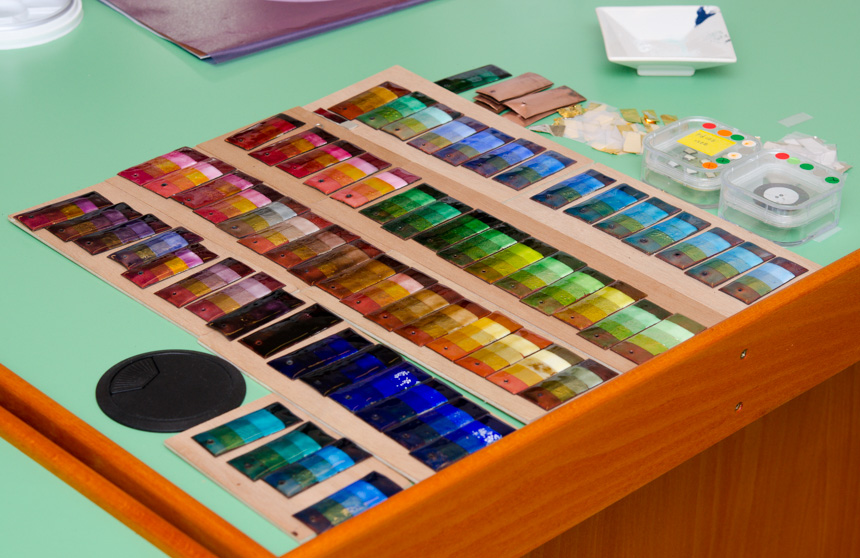
On the image above you will see a wide palette of colors, all done in enamel. At the top of the image is a little white bowl that holds some enamel powder – white, in this case –, to which a tiny bit of water is added and then is applied to the dial. Once that is done, the dial is put into a little oven and heated up to a whopping 800 degrees Celsius. The interesting bit here is the countless of ways how this vivid chemical reaction can play out. As a tangible example, above you see dozens of little plates laid out on the table. Now, while there is a wide range of colors, we should concentrate on the little plates themselves: on every rectangular piece there are five greatly different hues, that appear to have been painted in very different ways. However, only one powder was used on any particular plate to create the five different colors.
What makes that possible is that each plate actually hides five different base materials, and the final color is defined not by the kind of powder but rather the kind of material it has been applied to. The raw brass plates were covered with thin sheets of different colors of gold, as well as some other metals, and it was this diversity that made for the vibrant variations.
The point here is that when it comes to enameling, it is not only the kind of powder used that matters, but also the base material it is painted on. Furthermore, it is also illustrates how the color of the raw powder has very little to do with the final color – and as soon as delicate and colorful images are required, this diversity and variability makes the dial painter’s job a great deal more difficult.
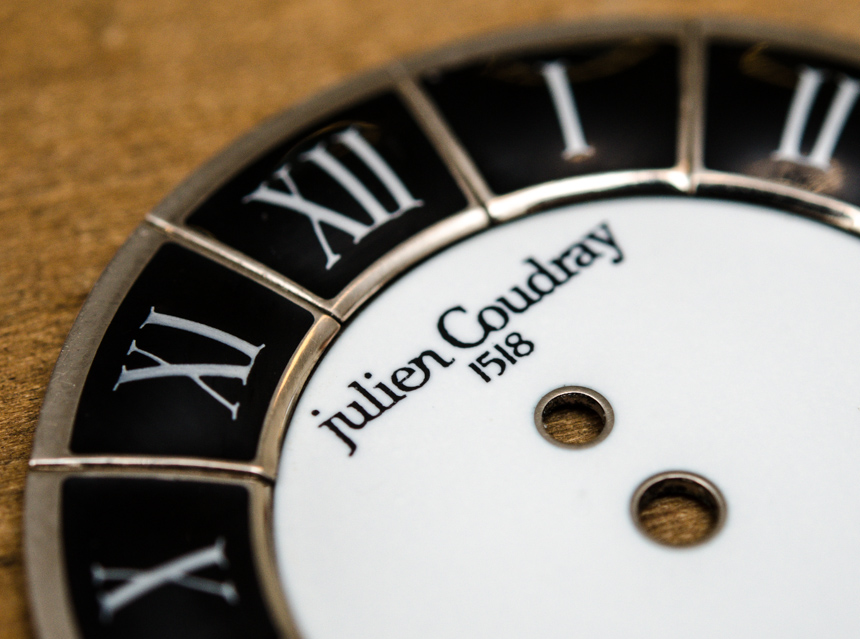
Those with a keen eye for small details may have noticed a little rounded aperture on the dial of every Julien Coudray watch, just between the center of the dial and the XII index. That little aperture hides a slowly rotating disc that serves as a service indicator, and it works as follows: the disc is linked to the going train of the watch and is geared to make a complete rotation in under 4 years – whenever the watch is running, the disc is also turning at an extremely slow pace. Painted on the disc is an elongated drop of oil which, once the end of it becomes visible under the window, indicates that it is time for a service.
What made Fabien come up with this design is that he himself is a watch collector as well, and hence he has faced the pressing issue of having a larger collection where keeping track of when every single piece has been serviced becomes difficult. Therefore, to make the life of the collectors who buy into Julien Coudray that little bit easier, all watches of the brand are delivered with this discreet aperture and rotating disc – and the first service is on the house, free of charge.
